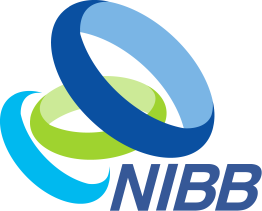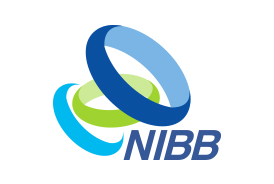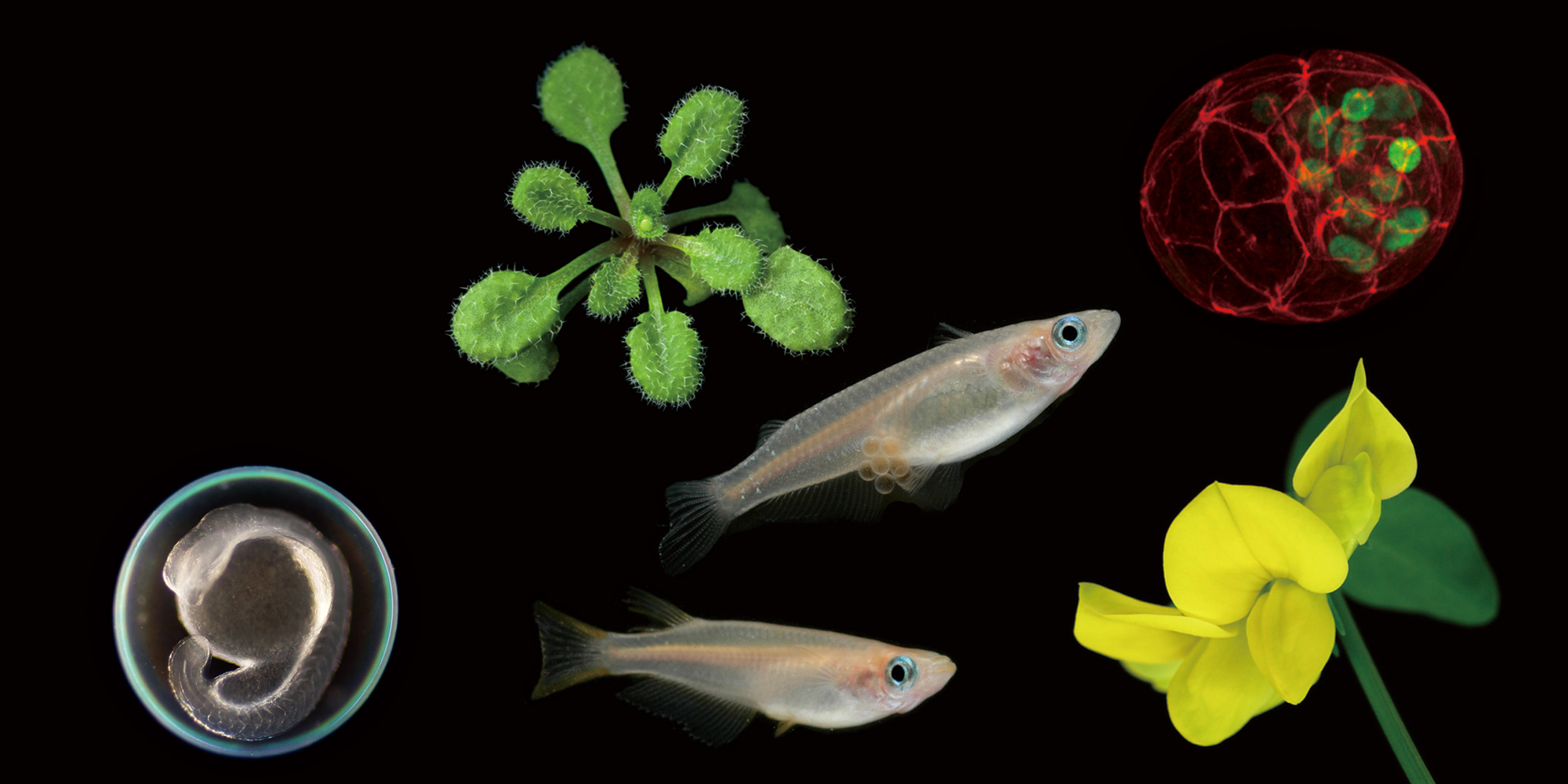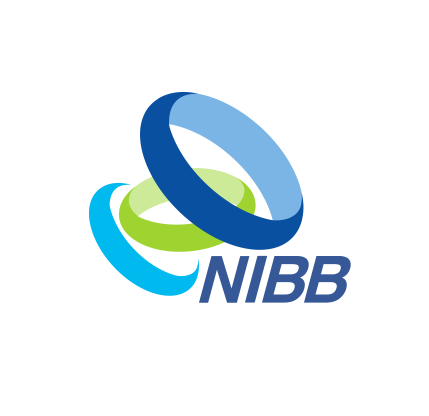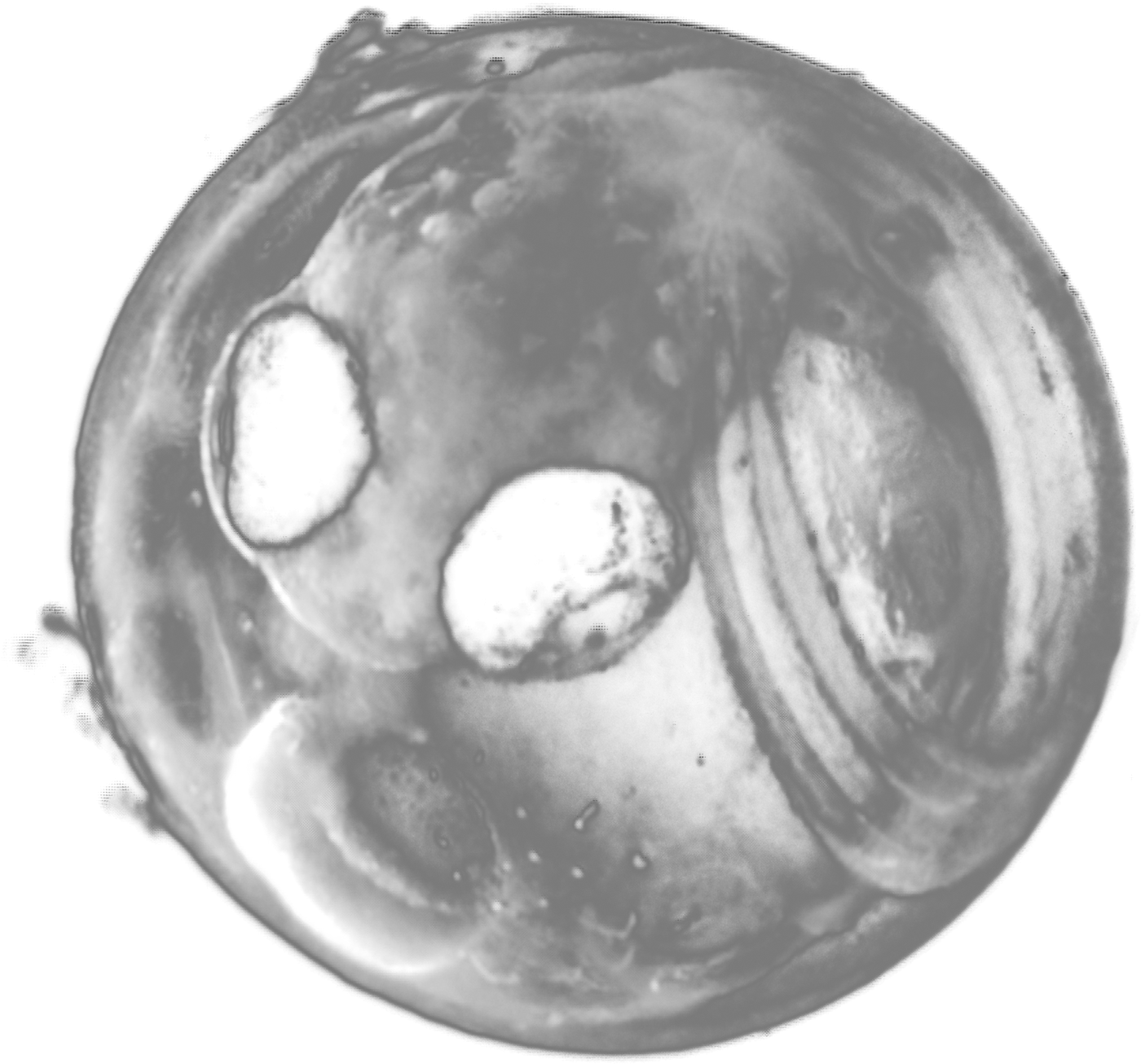2018.07.02
Nanobodies: the next generation tools for cell biological applications
Prof. Peter Pimpl (Southern University of Science and Technology)
2018. 07. 02 (Mon) 14:00 ~ 15:30
Conf. Room, Myodaiji (111)
Division of Cellular Dynamics, Takashi Ueda(7530)
Over the past decades, antibodies have been widely used to detect proteins and to analyze protein function. This has significantly contributed to our current knowledge about biological processes. Antigen binding capability of immunoglobulin G antibodies is jointly achieved by the variable domains of a heavy and a light polypeptide chain after their assembly through disulfide bond formation. Camels, however, possess additionally antibodies that consist of only heavy chains. Here, epitope binding occurs only via the variable domain of the heavy chain, termed nanobody, and does not require assembly processes. With only about 125 amino acids, nanobodies are the smallest polypeptides that are capable of specific epitope-binding and are therefore ideally suited for the generation of nanobody fusion proteins.
We have used GFP-binding nanobody fusion proteins as a novel approach to develop sensors for the compartment-specific analysis between vacuolar sorting receptors (VSRs) and their ligands in the endomembrane system. These sensors assemble in vivo through a nanobody-triggered interaction from a soluble receptor domain as a nanobody fusion protein with an epitope-tagged compartment-specific membrane anchor. Now, we have developed the application of nanobody fusion proteins further, to dissect the mechanism of VSR-mediated vacuolar sorting: we have developed a post-translational nanobody-epitope interaction-based labeling and lockdown strategy for VSRs, to identify recycling receptors and to trap those recycling receptors upon arrival in an upstream compartment via the specific interaction of a second nanobody-epitope pair. This strategy combines epitope-tagging with nanobody-triggered targeting of proteins in vivo. We also implement the detection of these epitope-tagged proteins in vitro by employing nanobody horseradish peroxidase fusion proteins that have been produced in plant cells. Using this approach, we demonstrate that VSRs do recycle from the trans-Golgi network/early endosome (TGN/EE), we identify the cis-Golgi as the upstream target compartment of this recycling route and we demonstrate that VSRs reload ligands after recycling. Together, these findings finally proof that the VSR-mediated transport of soluble vacuolar proteins is bidirectional and occurs between the Golgi and the TGN/EE and it also reveals the great potential of nanobodies as tools for cell biological applications in the future.
